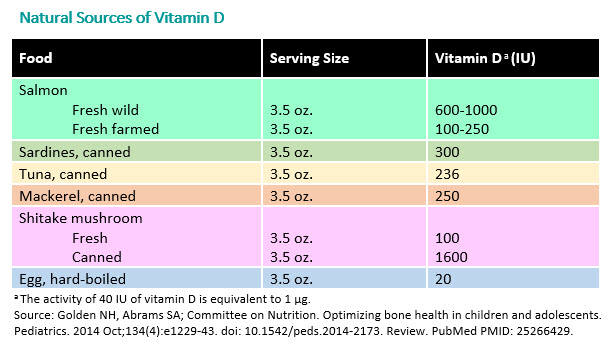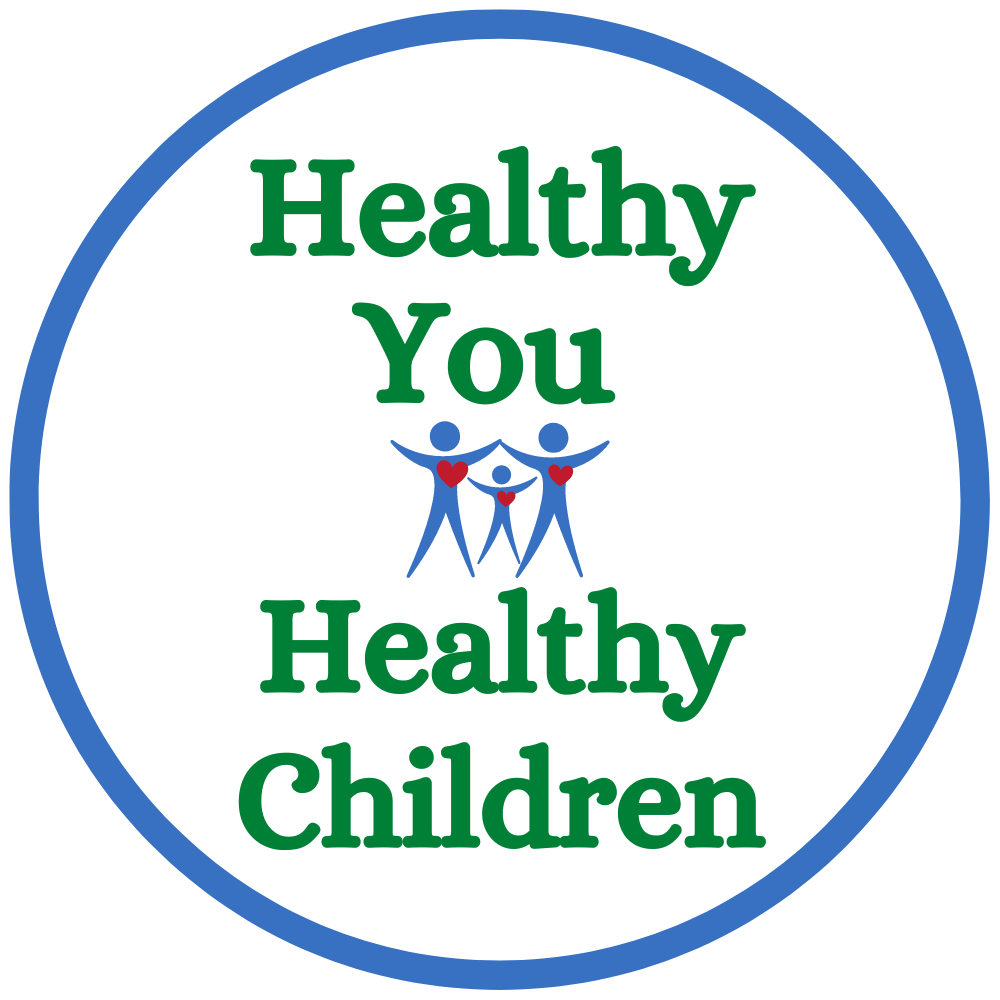Here in Upstate NY, USA, winters are long and cold. We are in the middle of fall, and it is already freezing in the morning! As a result, we stay indoors longer than during the summer, making us susceptible to Vitamin D deficiency.
According to a study published in Nutrition Research:
Prevalence and correlates of vitamin D deficiency in US adults
Volume 31, Issue 1, January 2011, Pages 48-54 by Kimberly Y.Z.Forrest,Wendy L.Stuhldreher.
“The overall prevalence rate of vitamin D deficiency was 41.6%, with the highest rate seen in blacks (82.1%), followed by Hispanics (69.2%).”
“Given that vitamin D deficiency is linked to some of the important risk factors of leading causes of death in the United States, it is important that health professionals are aware of this connection and offer dietary and other intervention strategies to correct vitamin D deficiency, especially in minority groups.”
Some Information about Vitamin D
Vitamin D from the diet and skin synthesis is biologically inactive. Two steps activate it: first in the liver and second in the kidneys. Vitamin D can be considered a hormone, with activation of the vitamin D pro-hormone resulting in the active form, calcitriol, which produces the effects in multiple locations.
Why is Vitamin D so Important?
Vitamin D in Our Body:
- Help keep cells functioning well
- It helps ensure the body absorbs and retains calcium and phosphorus, both critical for building bone.
- Works as an immuno-modulator: helps with the immune system function
- Has anti-microbial functions
- Works as anti-inflammatory and anti-oxidant
What are the Health Risks of Vitamin D Deficiency?
Vitamin D deficiency in Adults may lead to Osteomalacia. Some of the signs and symptoms of deficiency are:
- Fatigue
- Mood changes, like depression
- weak bones
- Muscle weakness
- Painful movements or muscle pain
- Muscle cramps
- Fractures
- Contribute to Osteoporosis
You may have heard of Rickets: This condition affects bone development in children, usually caused by an extreme and prolonged Vitamin D deficiency. It causes bone pain, poor growth, and soft, weak bones, leading to bone deformities.
But Vitamin D deficiency can pose people at risk for:
- Increase asthma severity in children
- Increases risk of death from cardiovascular disease
- In the elderly: Cognitive impairment
- Cancer: such as colon, prostate, and breast cancer.
- Increase risk of infections and immune system disorders
How are Vitamin D levels checked?
The best way to measure your vitamin D is by checking the 25-hydroxy vitamin D level in your blood test. A level of 20 nanograms/milliliter to 50 ng/mL is considered adequate for healthy people. A level less than 12 ng/mL indicates vitamin D deficiency.

What can Increase the risk for Low Vitamin D?
- Dark skin: The pigment melanin reduces the skin’s ability to make vitamin D in response to sunlight exposure.
- Elderly: with age, skin’s ability to produce Vitamin D decreases, and the kidney converts this vitamin to its active form less efficiently.
- Obesity: fat cells extract Vitamin D from the bloodstream. People with BMI >30 frequently have low levels of Vitamin D.
- Sun Screen is questionable. Read below for more information about this topic.
- Low Dietary Intake
- Crohn’s disease, cystic fibrosis, celiac disease, and other conditions that can affect your intestine’s ability to absorb vitamin D from food may pose a risk for deficiency.
- Kidney and Liver disease that affects Vitamin D metabolism.
- Indoor stay: like living in the northern hemisphere or having a condition that prevents someone from spending time outside.
Can medications cause a vitamin D deficiency?
Certain medications can lower Vitamin D levels.
- Orlistat: a weight-loss medication.
- Laxatives
- Steroids, such as Prednisone.
- Seizure-control drugs, such as Colestipol and cholestyramine)
You must let your Doctor know about medication, supplements, and herbs/alternative health products you are taking.
How to keep a good level of Vitamin D:
- Sun exposure: 15-20 minutes, on your face/arms/legs/or back, three days per week is usually sufficient.
- Fatty Fish
- Eggs
- Shitake Mushrooms
- Fortified Dairy or other fortified products.
- Supplements
- Outdoor Activity
The recommended dietary allowance (RDA) of Vitamin D from the Guidelines from the Institute of Medicine are:
- 600 international units (IU) for everyone ages 1-70, and
- 800 IU for adults older than age 70 to optimize bone health.
- The safe upper limit is 4,000 IU.


Recommendations about supplements:
- Breastfed and formula-fed infants need a vitamin D supplement of 400 IU per day.
- Children or teens who are not consuming enough vitamin D in their diet need 600 IU per day.
- For Adults, supplementing with 800-1000 IU per day is safe for most people.
A word about Vitamin D and Sun Exposure:
Even though the most efficient way to get Vitamin D3 is with sun exposure, the same UVB wavelength (290-320 nm) that makes the body produce this vitamin also produces sunburn and genetic mutations that can lead to skin cancer. According to an expert from the Skin Cancer Foundation, general studies show that people who use sunscreen daily can maintain their Vit D levels while protecting their skin from the damage of UVB and UVA wavelengths.
The Foundation recommends getting your Vitamin D from a combination of incidental (short unprotected exposure of around 15 minutes) and protected sun exposure + food + supplements. Consequently, you will get all the Vitamin D you need without exposing yourself to the multiple risks of unprotected sun exposure.

Final thoughts:
As I mentioned at the beginning of the article, we live in a place that puts us at risk for this vitamin deficiency. During winter, we take a Vitamin D supplement, and we try to eat more Vit D-rich foods. During summer, we enjoy many outdoor activities, and we expose our skin to sunlight without sunscreen only during the day the UV levels are low. Up to now, it has worked beautifully.
If you have never had your Vitamin D level checked, it may be a good idea to have it done. Meanwhile, think about your diet and activities to plan on adding some Vitamin D to your daily routine.
“Vitamin D deficiency is an unrecognized, emerging cardiovascular risk factor, which should be screened for and treated.
Vitamin D is easy to assess, and supplementation is simple, safe, and inexpensive.”James H. O’Keefe MD, cardiologist and Director of Preventive Cardiology, Mid America Heart Institute, Kansas City, Missouri.






